Seville archaeological museum is the best museum in Andalucia for its exhibits of Roman artifacts, many from the nearby Roman city of Italica
By Nick Nutter | Updated 5 Sep 2022 | Seville | Museums |
Login to add to YOUR Favourites or Read Later


Seville Archaeological Museum
Seville archaeological museum is housed in a beautiful pavilion in the Plaza de America near the Plaza de Espana. Exhibits range from early prehistory through to the Middle Ages with an emphasis on the Roman period, primarily finds from the nearby Roman city of Italica. Many of the mosaics and statuary from Italica found their way to the museum.

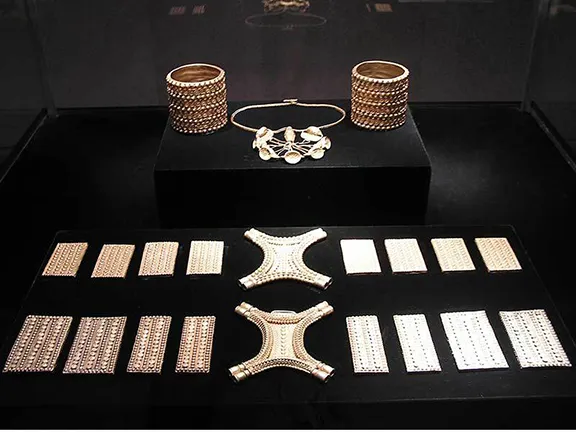
The Carambolo Hoard
In 1958 a hoard of gold was found in Camas, 3 kilometres from Seville, it is known as the Carambolo hoard. Some claim that it proves the magnificence of the Tartessian civilisation whilst others see it as having Phoenician roots due to the statue of the goddess Astarte found among the trinkets. You can decide for yourself when you see the display.
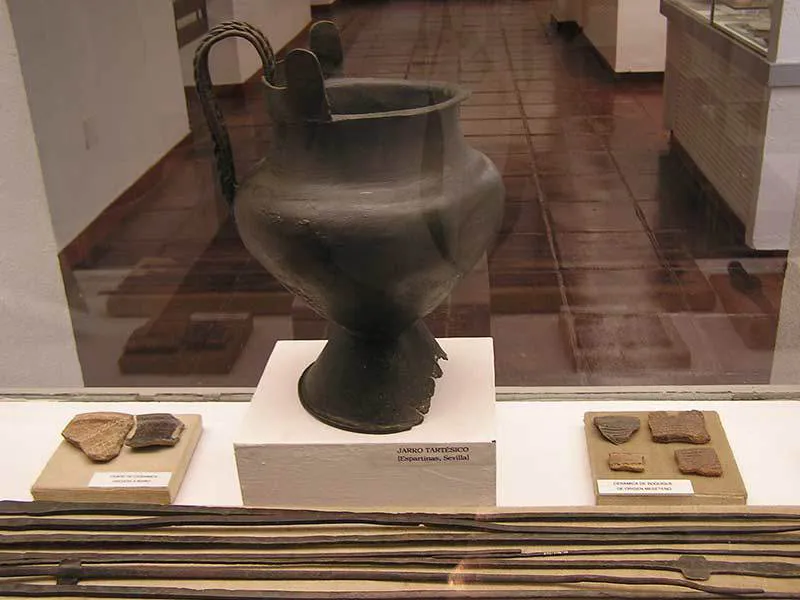
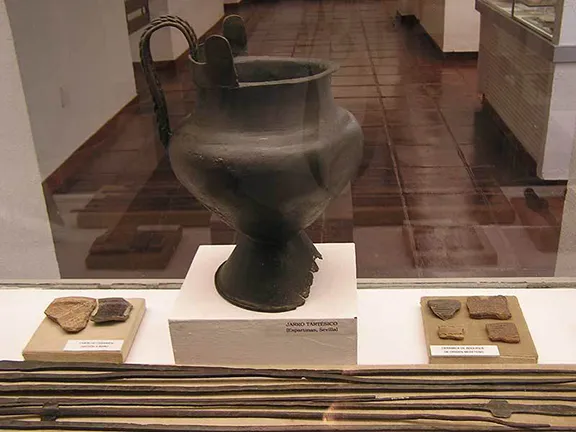
Tartessian Jar
Among the artifacts you will see ceramics purportedly from Tartessian sources between 700 and 500 BC. With no further information given it is likely that the plates and dishes have a Phoenician origin and found their way, through trade, as far as Seville. What is interesting is that until about 2005 the Tartessians and Tartessia were treated more as mythical people and place than real historical figures and location. Now both are being reluctantly accepted by the academic establishment.
The questions now being asked include: to what extent were the Tartessians influenced by the Phoenicians? how were the Tartessians influenced by the Phoenicians, dress, architecture, beliefs, metal working, ceramics? to what extent had the Tartessians already established a trading network for metals and metallic ores before the Phoenicians arrived and who with?
The fascinating world of pre Phoenician Andalucia still has a great deal to reveal.
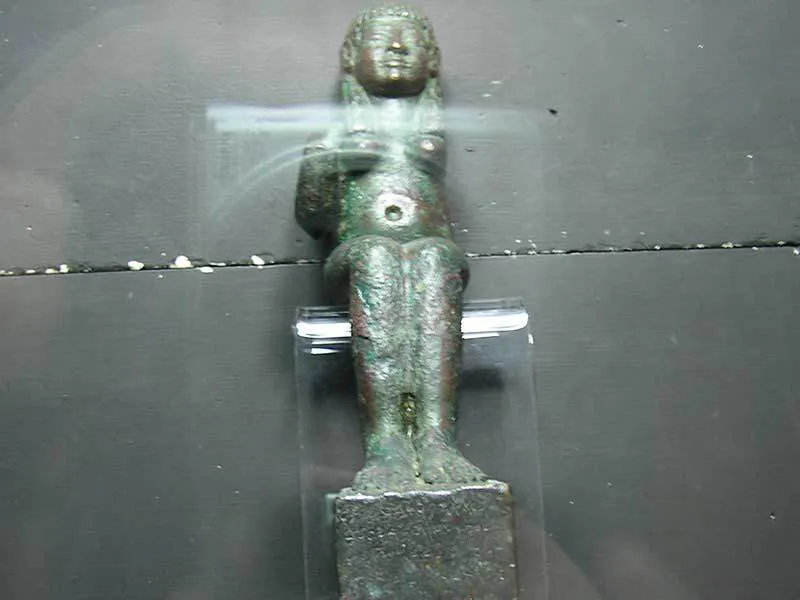
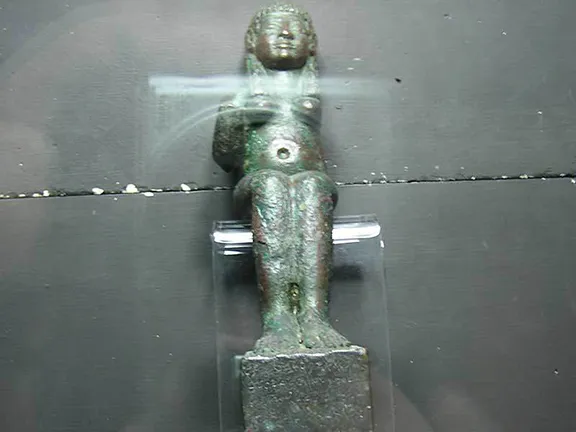
Goddess Astarte
Tartessos (Greek) or Tartessus is first mentioned by the historian Herodotus in the first millennium BC. It was, according to Herodotus and later Roman historians, a harbour city with a surrounding civilisation situated beyond the Pillars of Hercules. Around the end of the first millennium there are indications that the city was flooded.
Recent archaeological discoveries have shown that there was in fact a civilisation that was a little more advanced than others in south west Spain at the time, that they worked metals and had a trading network that extended perhaps as far as Cornwall and/or Brittany. Historians now call this civilisation Tartessian although the people of that civilisation no doubt had their own word for their tribe that would not have been Tartessian.
More excitingly, 95 inscriptions have been found in a language identified as Tartessian. It is thought that the Phoenicians introduced the written language to the western world, about 825 BC. The Tartessian scripts have been found in late Bronze and early Iron Age burial sites dated to the 7th Century BC located in southern Portugal, Extremadura and western Andalucia.
The Tartessians were not the only people to find the area attractive. Being on the Rio Guadalquivir Seville has always, since prehistoric times, been a magnet for humans. Not surprising then that Seville Museum has a good and varied range of exhibits from the Early Stone Age through the metal ages.
Opening times vary through the year
http://www.museosdeandalucia.es/cultura/museos/MASE/?lng=es
Plaza de América, s/n, 41013 Sevilla
Tel: 955 12 06 32
Entrance is free for EU residents.
Information is in Spanish only.